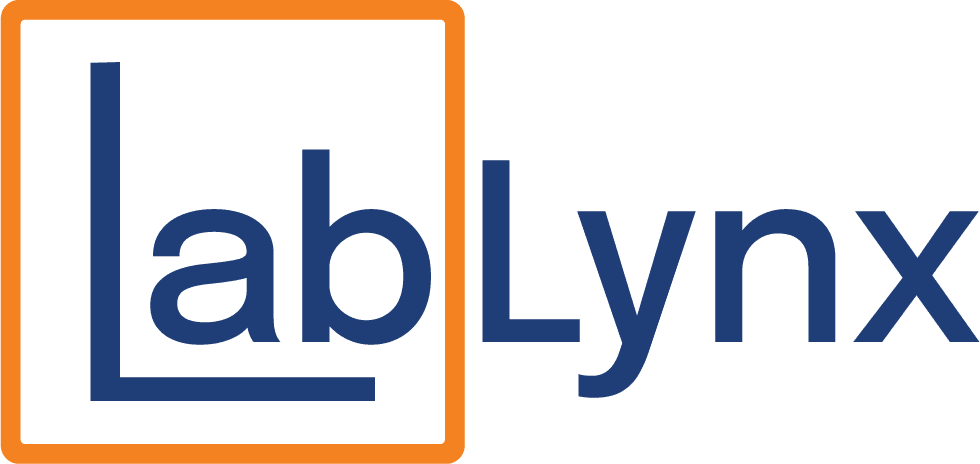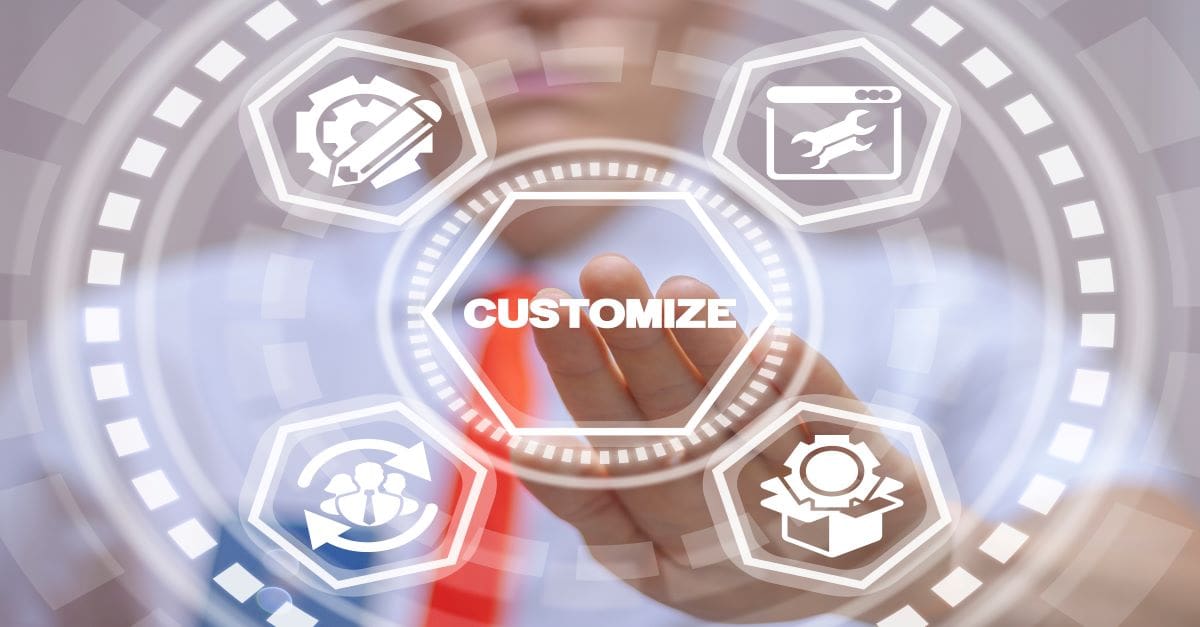
Choosing the right Laboratory Information Management System (LIMS) isn’t just about features—it’s about flexibility. When evaluating LIMS platforms, labs often face the decision between customization and configuration. While the terms sound similar, their implications for scalability, cost, and long-term success are significantly different. Understanding the distinction between LIMS customization vs configuration can help you make smarter decisions that align with your lab’s goals.
What’s the Difference Between LIMS Customization and Configuration?
At a high level, configuration refers to making changes within the built-in settings and tools provided by the LIMS platform—without altering the core code. In contrast, customization involves modifying or adding code to create new features or workflows not available out-of-the-box.
- Configuration = Built-in adaptability (drag-and-drop, rules-based automation, user settings)
- Customization = Developer-led changes (new modules, scripting, database-level edits)
When Configuration Is the Better Option
For most labs, configuration offers the best balance between flexibility and sustainability. A well-configured LIMS allows users to:
- Define workflows, approval paths, and sample lifecycles
- Create user roles and permissions
- Set rules for validations, alerts, and automated actions
- Generate customized reports and dashboards
- Manage test panels, instruments, and result formats
All of this can typically be done via the user interface, without writing a single line of code. This makes configuration ideal for labs that want agility without the complexity and cost of deep software changes.
When Customization May Be Necessary
Some labs have unique or highly specialized needs that go beyond what can be handled through configuration alone. In these cases, customization may be appropriate. Common scenarios include:
- Building new modules or integrations with niche equipment
- Connecting to legacy software with no API support
- Developing proprietary algorithms or calculations
- Accommodating highly regulated workflows with rigid legacy requirements
While powerful, customization often requires professional development, longer implementation timelines, and ongoing support for upgrades and maintenance.
Risks of Over-Customizing a LIMS
Custom LIMS features can offer exact functionality—but they also carry risks:
- Upgrade Challenges: Future software updates may break or override custom code
- Higher Costs: Customization requires developers, testers, and documentation
- Vendor Lock-in: Deep customizations can make switching vendors harder down the road
- Scalability Issues: Custom features may not scale well as your lab grows or evolves
This is why many modern labs now seek configurable LIMS platforms that offer deep flexibility out-of-the-box—without the baggage of hard-coded changes.
Why the LabLynx LIMS Suite Emphasizes Configuration
The LabLynx LIMS Suite is built with configurability at its core. Our platform empowers lab admins to tailor workflows, dashboards, reports, and data rules without relying on custom code. Whether you manage clinical diagnostics, food safety, environmental testing, or pharmaceutical R&D, LabLynx gives you the tools to adapt and scale efficiently.
Of course, when customization is needed, LabLynx offers expert-led development to meet your exact specifications—without compromising system stability or upgradeability.
Schedule a demo to explore how LabLynx can deliver a configurable, future-ready LIMS that evolves with your lab—on your terms.
How to Decide Between Configuration and Customization
Ask yourself the following:
- Can the platform meet my needs through built-in tools and settings?
- Will my lab benefit from faster deployment and easier upgrades?
- Is long-term scalability more valuable than short-term exactness?
- Am I willing to invest in ongoing support for custom code?
If your answers lean toward flexibility, adaptability, and sustainability, configuration is likely the better route.
Conclusion: Choose a Smarter Path Forward
The debate between LIMS customization vs configuration isn’t about right vs wrong—it’s about choosing what works best for your lab’s current and future needs. Over-customizing can limit your agility and inflate your costs. With a highly configurable platform like the LabLynx LIMS Suite, you can make powerful changes fast—without touching the code. That’s smarter lab management built to last.
Accelerate Your Lab's Success & Experience LabLynx
"*" indicates required fields
Explore the LabLynx Suites
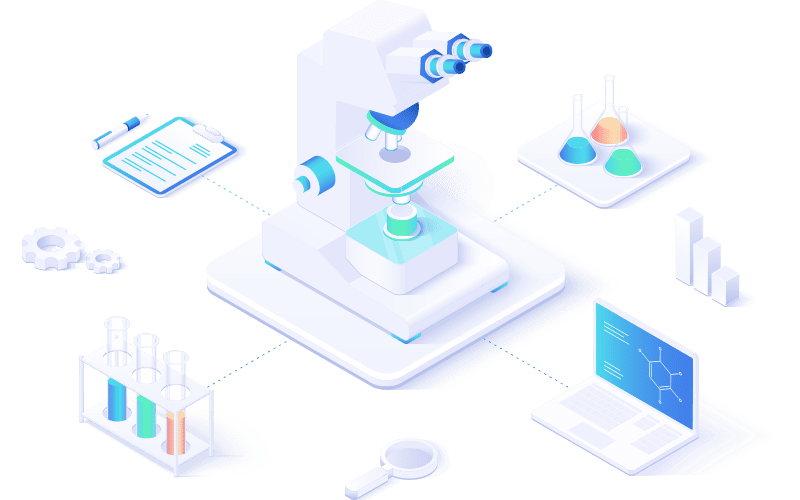
LIMS Suite
Seamless Sample and Workflow Management
The LabLynx LIMS Suite empowers laboratories with the tools needed to manage samples, workflows, compliance, and more in one centralized system. It’s the backbone for labs seeking efficient, reliable, and scalable management solutions.
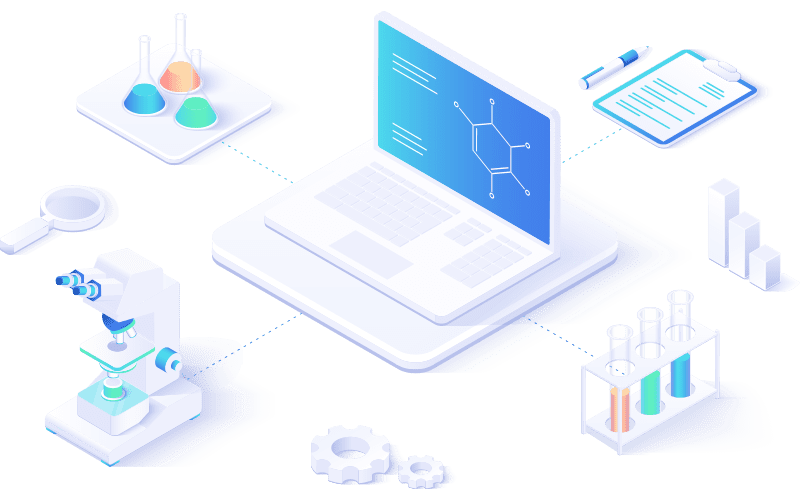
ELN Suite
The LabLynx ELN Suite offers a modern approach to managing lab data and experiments. With its secure, intuitive platform, your team can record, store, and collaborate effortlessly, supporting innovation every step of the way.
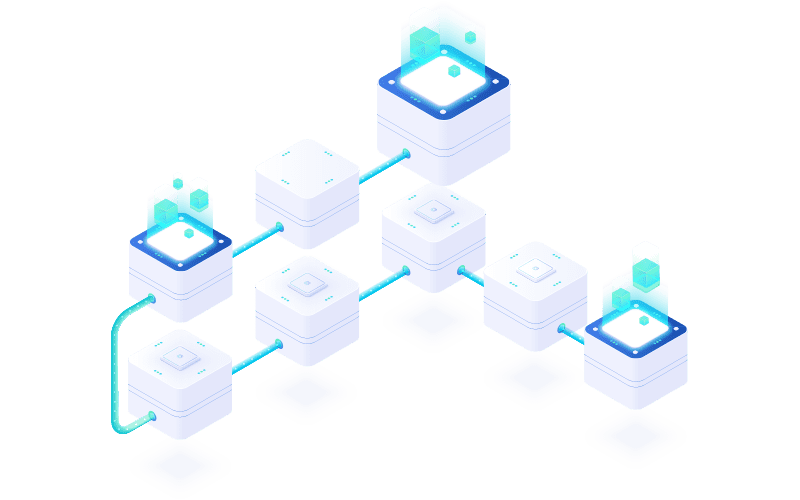
Lab Automation
Automate for Efficiency and Growth
Streamline operations and boost productivity with the LabLynx Lab Automation Suite. Designed for labs ready to embrace advanced automation, this suite integrates systems, instruments, and workflows to deliver efficiency at scale.
